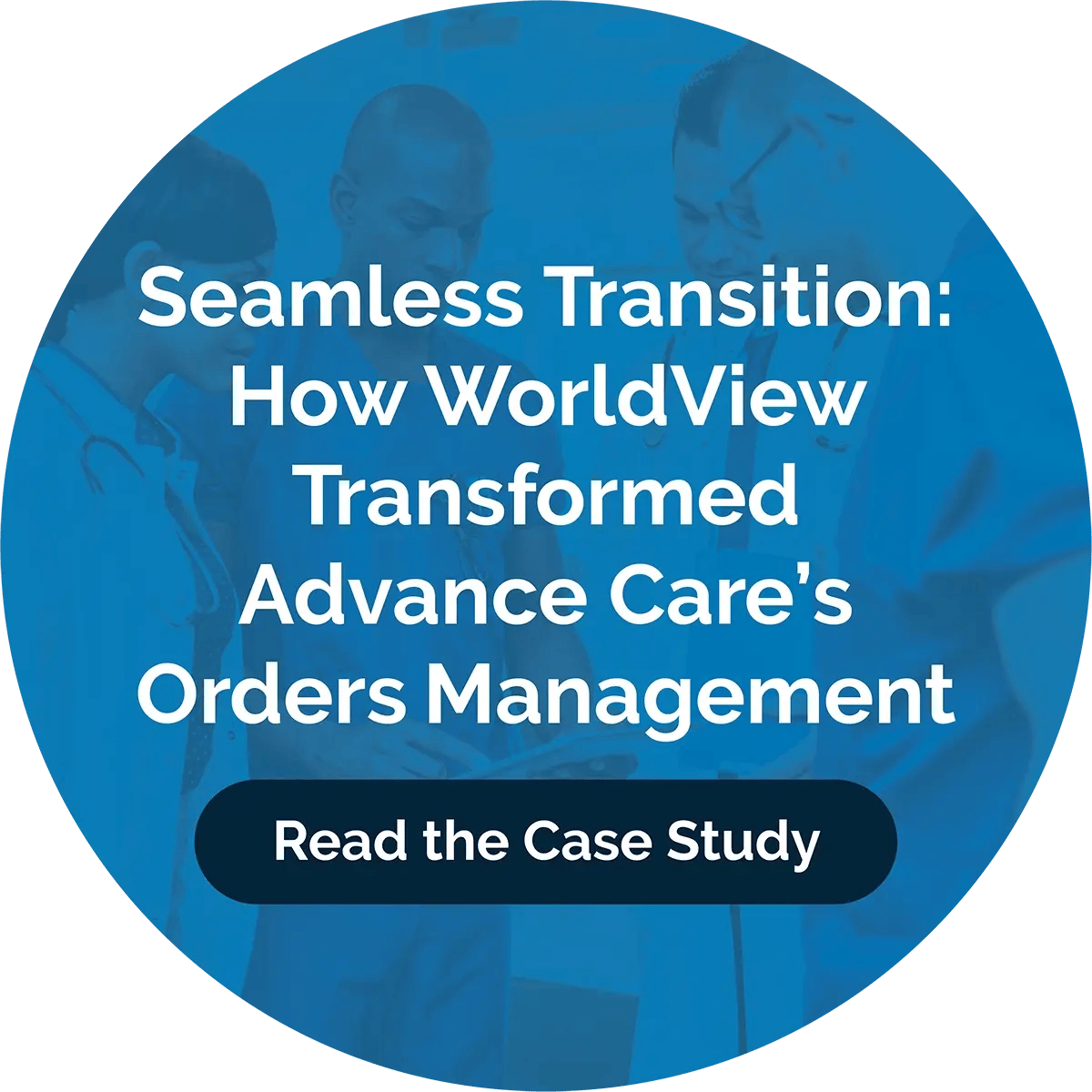Fee-For-Service vs Value-Based Care: Understanding the Shift

Demand for high-quality service and lower costs in hospice and home health care is driving the shift from fee-for-service to value-based care. In response to those needs, the Centers for Medicare and Medicaid Services (CMS) has initiated an ongoing Value-Based Insurance Design (VBID) program. Implementation is gathering momentum in 2024.
In 2021, 596 hospices used VBID, but that number rose to 1,168 in 2022. As the transition continues to gather steam, providers and the public must understand the fee-for-service vs value-based care models.
Key Differences Between Fee-For-Service and Value-Based Care
Changing from the traditional fee-for-service (FFS) reimbursement model to value-based care (VBC) can significantly reduce costs while improving patient outcomes. But what is the primary difference between fee-for-service and value-based care?
In FFS, providers receive payment for each service rendered, which can lead to an emphasis on quantity rather than quality. VBC incites providers to increase the quality of care because it emphasizes patient outcomes and cost reduction.
FFS can keep clinicians locked into serving as many patients as possible to increase revenue. It also creates competitive relationships between entities.
Conversely, VBC unifies payers and providers, giving them the common goal of reducing administrative waste through shared risks and savings plans. VBC can lower patients’ out-of-pocket costs by focusing on quality outcomes through holistic practices and streamlining care delivery.
VBC promotes provider efficiency and investments in valuable, cheaper healthcare options like telehealth, remote patient observation, and team coordination. Additionally, software using enhanced document/data recognition reduces errors. Implementing new technologies can lead to long-term savings and better healthcare because patients become participants. Interestingly, it has taken 50 years of evolution to arrive at VBC.
The Evolution of Healthcare Payment Models
Healthcare payment models have changed significantly since the CMS began providing benefits for in-home healthcare in 1965 and hospice care in 1982.
Although CMS has trialed several different payment models over the years, none of the early efforts reduced costs. It wasn't until 2010 that CMS introduced Home Health Value-Based Purchasing (HHVBP). Efforts to reduce costs and improve patient outcomes finally succeeded. As of January 1, 2023, HHVBP is available in all 50 states.
Having created a model that worked for home health care, the CMS expanded the value-based care model to hospices in 2016.
Benefits and Challenges of Value-Based Care
Although value-based care offers significant benefits, hospices implementing VBC do face challenges.
The benefits of VBC can include the following:
- Improved patient outcomes
- Reduced healthcare costs
- Enhanced patient satisfaction
- Increased patient participation
- Expanded collaboration across healthcare teams
The challenges hospices can face are:
- Collecting and reporting patient information
- Shifting policies and regulations
- Financial risks and unpredictable revenue streams
- Implementing new technologies
- Resistance to change among clinicians and healthcare providers
In recognition of the challenges hospices must overcome to implement VBC, the CMS does not rate new implementations for their first year of operation.
Implementing Value-Based Care in Healthcare Organizations
The transition to value-based care requires a cultural shift within healthcare organizations to achieve better health outcomes and reduce costs.
When implementing value-based care, key considerations include:
- Coordinating care across practices
- Focusing on the whole person's health needs
- Engaging patients in their care through personalized treatment plans
Because VBC ties reimbursement to patient outcomes and quality of care, hospices must find effective methods to collect and analyze patient information using metrics and technology that are often new.
The Role of Technology in Supporting Value-Based Care
New technologies that support VBC initiatives can reduce staffing needs while freeing clinicians’ time to spend with patients who often need increasing levels of care and compassion. Your administrative personnel and frontline workers can gain time to help.
By effectively leveraging technology, hospices can integrate data analytics, patient engagement tools, and population health management solutions. The benefits are streamlined operations, improved care coordination, and enhanced patient outcomes within a value-based care framework.
Using a complete document management solution like WorldView gives your hospice team instant access to the data they need where they need it. Instead of providing just one or two parts of hospice software needs, WorldView is an inclusive solution.
Future Trends: The Increasing Shift Towards Value-Based Care
CMS data shows that hospices are moving towards value-based care at increasing rates. To overcome the challenges and reap the benefits, Accountable Care Organizations (ACOs) can help hospices shift from fee-for-service to value-based care. ACOs bring physicians, hospitals, and other providers together to provide the proper care at the right time and place.
The Accountable Care Guide for Hospice and Palliative Care is a valuable resource. Another invaluable resource is WorldView’s document management solution, which reduces errors while tracking and analyzing the data you need to make effective decisions.
Blog Post Tags
HealthcareGet Awesome Content Delivered Straight to Your Inbox!
Posts by topic
- Healthcare
- Business
- AI
- Hospice
- AP Workflows
- Home Care Management
- hospice-care
- General
- Industry Insights
- agency
- Blog
- Commercial
- reporting
- Data Analytics
- billing
- referrals
- News
- Referral AI
- business goals
- Operations
- business development
- partners
- Integration
- Healthcare Trends
- leadership
- Medicare
- Compliance
- audit
- medicaid
- Better Charting
- regulations
- Application
- Automation
- finance
- CRM
- DMSi
- Events
- KanTime
- Press Release
- Revenue Growth
- Announcements
- Artificial Intelligence
- EHR
- ESign
- Guides
- Homecare Homebase
- Mobile
- Physician Order Tracking
- axxess
- clinical
- interoperability
- payor See All See Less


.png?width=596&name=WV%20Hc%20Clinical%201%20Web%20(3).png)
.png?width=596&name=WV%20Hc%20Clinical%201%20Web%20(2).png)
.png?width=596&name=WV%20Hc%20Clinical%201%20Web%20(5).png)